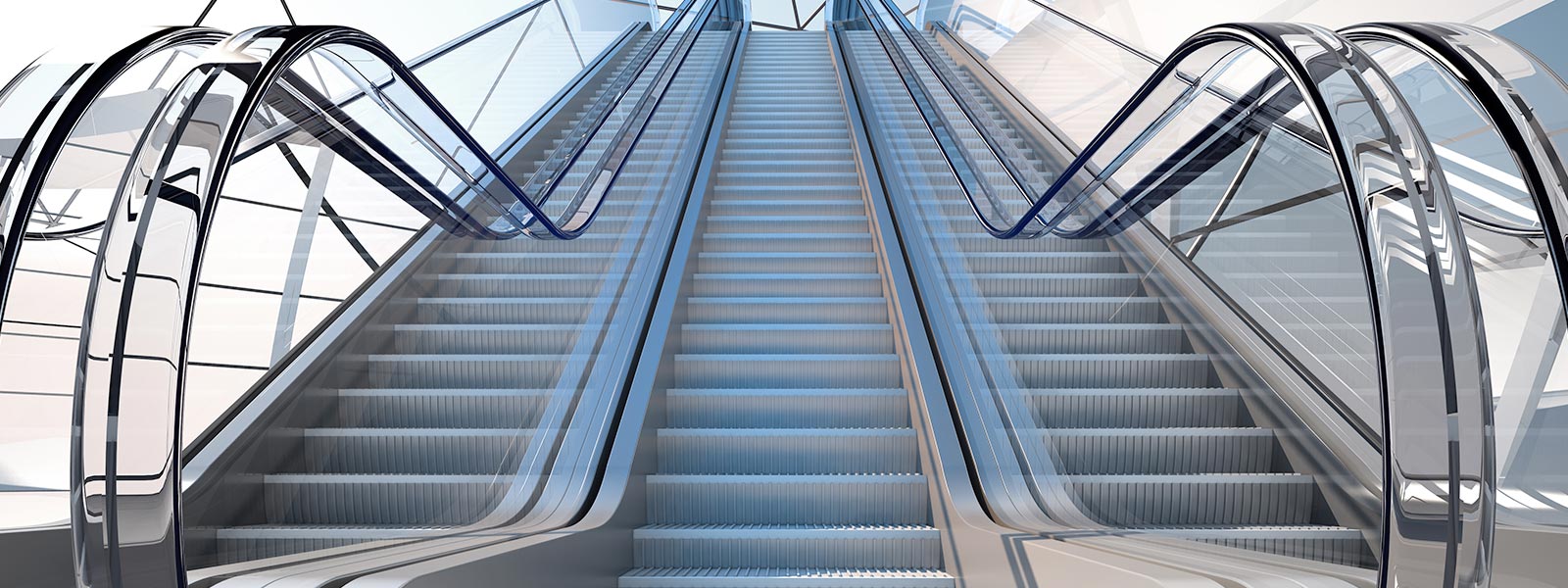Passenger and Goods lift installations are a long-term investment and can be very costly if not maintained correctly.
However, there is a need to ensure that the lift equipment is in a serviceable shape for a very long time.
Keeping a lift in good shape helps you have peace of mind after making this investment. Unfortunately, many building owners overlook lift maintenance. Like any other equipment, passenger lifts need regular maintenance and servicing.
Benefits of Regular Lift Maintenance
Passenger lifts are subject to the Lifting Operations and Lifting Equipment Regulations (LOLER). Therefore, maintaining passenger lifts means that you are complying with the Health and Safety at Work Act.
In addition, it increases safety standards for users, and building occupants at large. Nothing creates a bad image of a firm than getting stuck in an old and slow lift.
Poorly maintained lifts create a bad impression of a company among its clients. Regular maintenance also minimizes long-term running costs. Such lifts tend to last longer than those that are poorly maintained, thus saving replacement costs.
Frequency of Lift Maintenance
The frequency of maintenance depends on the number of passengers who use the lift, and the number of floors that it serves. Manufacturers offer advice pertaining to each model’s maintenance profile.
However, you should note that passenger lift servicing ought to be carried out regularly and involves simple routines such as cleaning, which most building owners ignore. Under the requirements of LOLER they must be maintained a minimum of 2 visits per annum.
What Does Passenger Lift Maintenance Involve?
Generally, maintaining passenger lifts entails keeping the exterior clean, more so if you have external platform lifts. This routine prevents the doors from getting stuck while in se. The appropriate use of passenger lifts is another crucial maintenance practice. Lifts ought to be used in the manner that they were designed for. Overcrowding should be avoided since it causes components to wear out at a faster rate. It similarly leads to on-the-spot lift breakage, which puts the safety of users at risk.
The aforementioned maintenance practices can easily be carried out without expert assistance. Professional lift maintenance involves lubricating all movable parts, and adjustments that guarantee optimal performance. Hiring professionals for the job is advisable since they have the expertise to pinpoint and record any faults in the system, and make necessary recommendations.
Scheduled and Unscheduled Passenger Lift Maintenance
Maintaining passenger lifts also involves drawing a schedule right from the moment the machine is installed at your premises. A schedule helps you prepare a maintenance budget, which covers pertinent aspects such as the replacement of parts, minor internal adjustments, and the replacement of electric bulbs inside the cabin. Such routines ought to be undertaken every six months.
Lifts may similarly be subject to unscheduled repair and maintenance. More often than less, this results from undetected irregularities, which cause breakdowns. Such emergencies are usually unplanned for. However, you should have a standby maintenance team so that usage is restored within the shortest time possible.
The main objective of passenger lift maintenance is to enhance users’ safety. Regular safety maintenance is a comprehensive assessment routine, which ensures that users are not inconvenienced. Keep in mind that lifts are installed to improve clients’ access to facilities and services. Therefore, proper maintenance ensures that the same clients keep coming back.
Why not give us a call today to see how we can help? Whether it’s traditional lift maintenance, a lift repair, lift modernisation or refurbishment or even a new lift installation, we’d love to hear from you. You can contact us on 0845 63 43 172 or info@ukliftandescalator.co.uk












